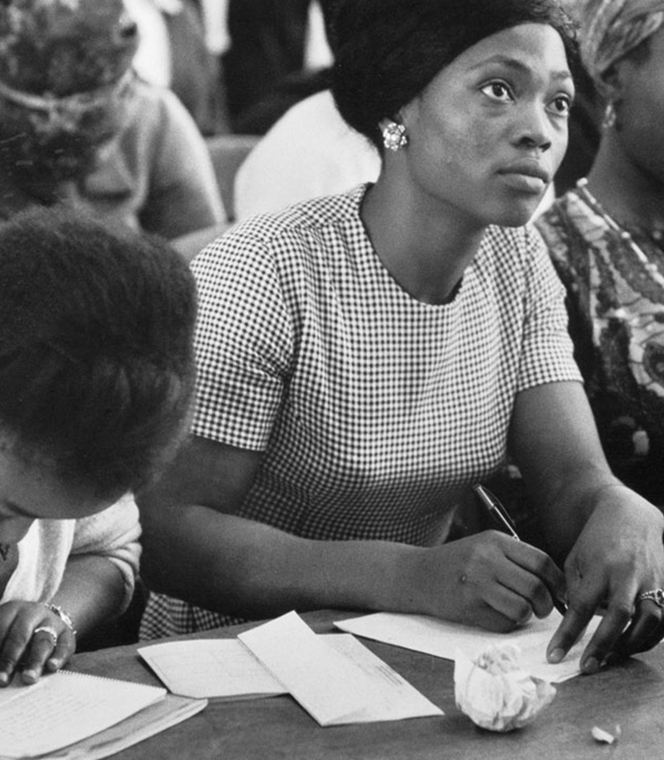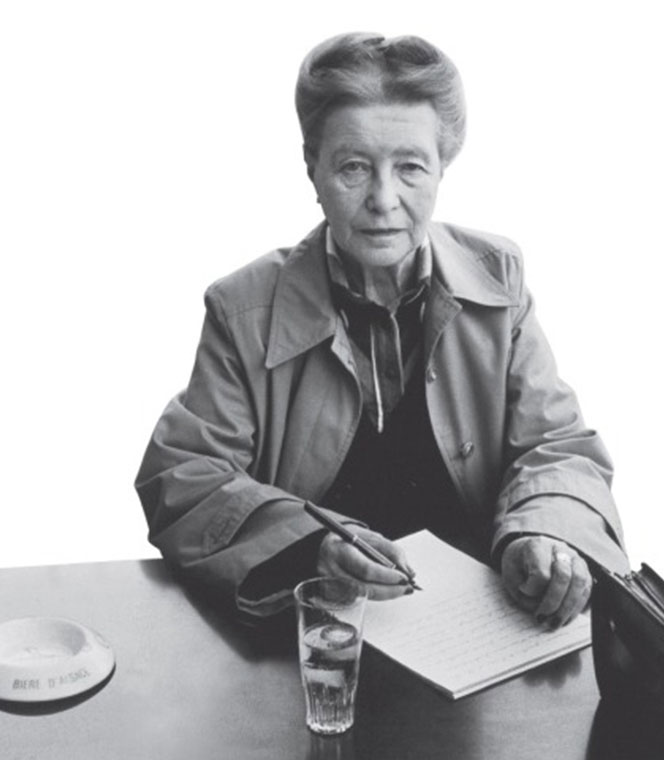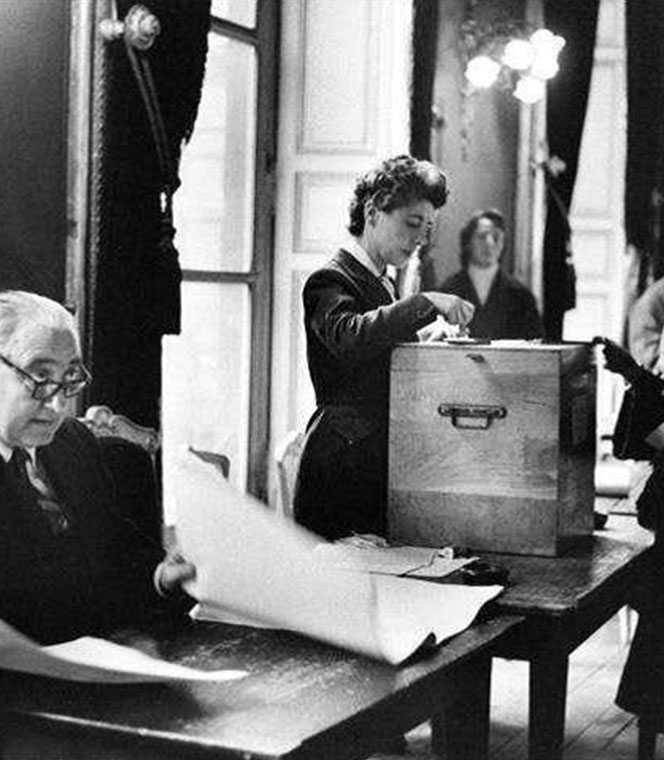Historical Background
The Montparnasse quarter
In keeping with the avant-garde perspective of that time and portraits of self-possessed women defying society’s expectations, such as Kiki de Montparnasse, photographed by Man Ray and painted by Foujita, the Niepce Paris Hotel offers a very particular slant on femininity.
Photographs of women, whether famous or anonymous, have provided a rich source of inspiration for the hotel’s interior design. Some photographic portraits are the work of Janine Niépce. This photo-journalist has left us with a very eclectic collection of women’s portraits, one of her preferred subjects. She shot candid photographs in contrasted light of Simone de Beauvoir, Marguerite Duras and many other women, both famous and unknown, taken as they go about their daily lives, Janine Niépce published numerous books as part of the humanist photography movement.
The MONTPARNOS
1900-1920
The reputation of Montmartre in the 1900s and price inflation persuaded artists to settle in another district in Paris. The extension of Metro Line 12 to Pigalle in 1911 enabled them to easily travel to the quarter of Montparnasse. Among the famous artists that contributed to the prominence of this quarter are Soutine, Modigliani, Léger, Pascin, Braque, Kisling, Chagall, Zadkine, Brancusi, Man Ray and, of course, Foujita… Not to mention renowned writers like Hemingway, Faulkner, Joyce, F. Scott Fitzgerald and Sartre…
The quarter was the beating heart of Parisian artistic life from 1900 to 1920 and the bohemian spirit can still be felt today. Just a stone’s throw from Montparnasse station, at 21 Avenue du Maine, you will be able to discover the Cité des Arts, miraculously preserved vestige of the Artists’ Montparnasse. This place continues to reflect the pleasant way of life from back in the day when painters, sculptors and photographers lived here.
Chemin du Montparnasse is home to the Espace Krajcberg, named after the Polish sculptor, and Villa Vassilieff, the cultural centre owned by the City of Paris. Chemin du Montparnasse has been forever marked by the diversity and creative proliferation driven by the multitude of artists and intellectuals from around the world who gathered here.
The Musée du Montparnasse gives visitors some insight into the quarter’s cosmopolitan history traced out by the many international and French artists who lived and worked in this district, such as Picasso, Matisse, Modigliani, Braque, Cocteau, to name but a few…
Another emblematic figure from this epoch who also left her mark is Kiki de Montparnasse. Singer, model and exuberant, self-possessed woman, she lived through the avant-garde movement and rubbed shoulders with bohemian artists of that time, becoming their charismatic muse and photographed or painted by a great many of them. These works have now entered the quarter’s artistic hall of fame.
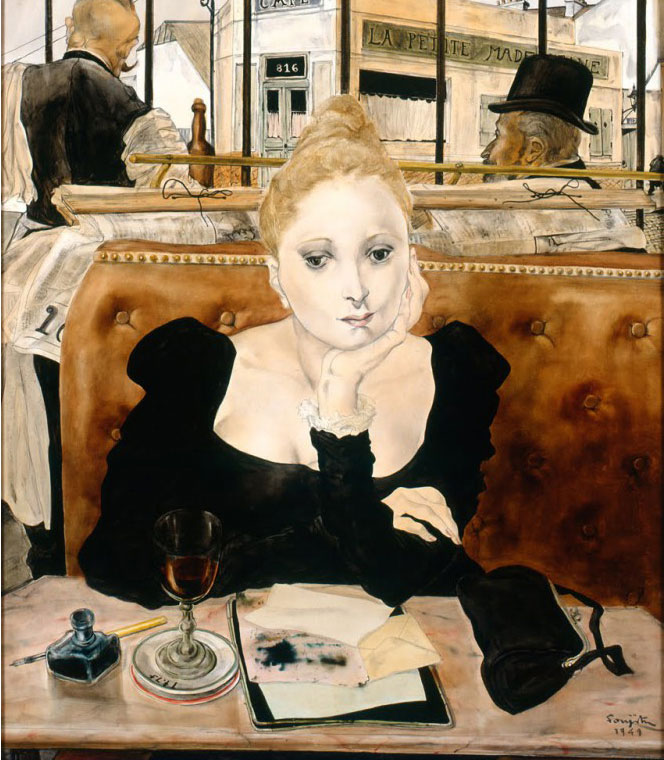
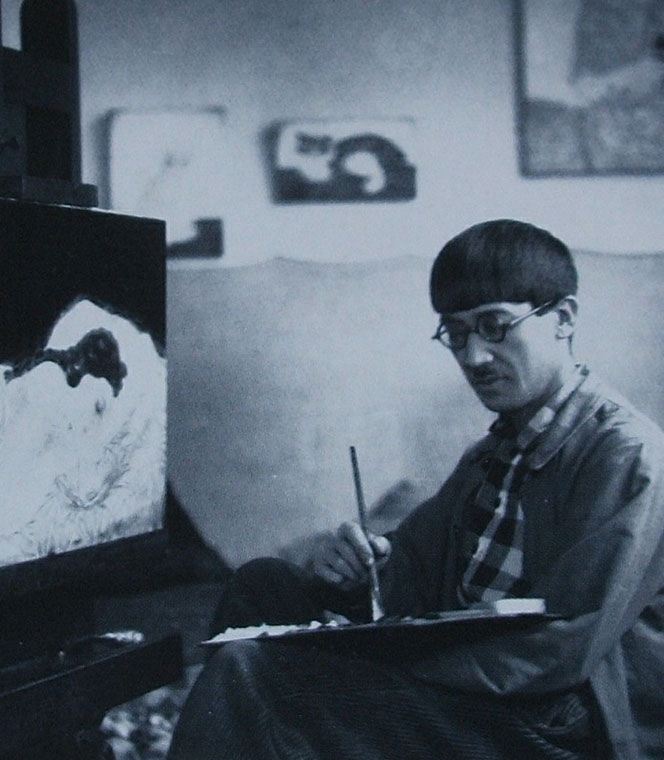
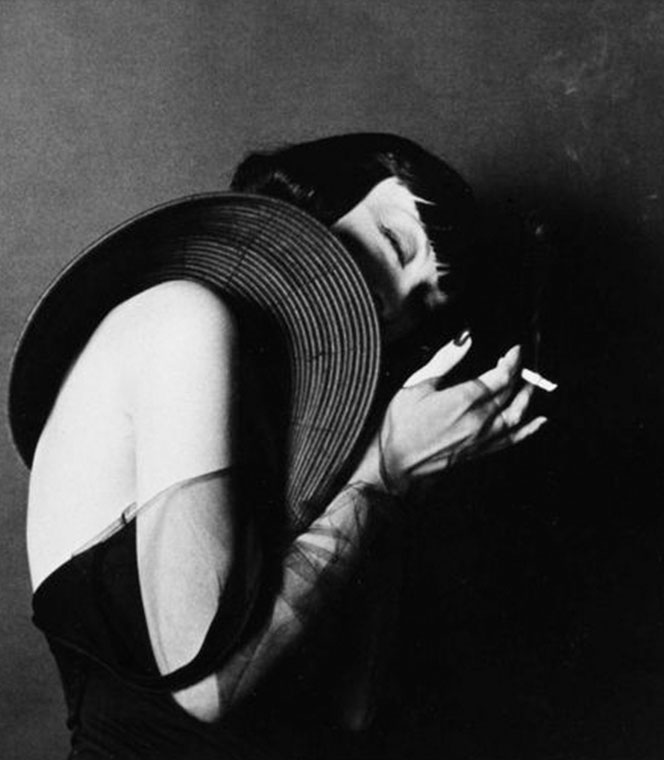
JANINE NIÉPCE’S PHOTOGRAPHIC PORTRAITS OF WOMEN
1921-2007
Photographer Janine Niépce, one of the first photo-journalists in France, was a distant cousin of Nicéphore Niépce, the inventor of photography. She photographed with great talent ordinary people going about their daily lives, much like humanist photographers Robert Doisneau and Willy Ronis. Influenced by Henri Cartier-Bresson, who gave her very sound advice on photo-journalism, she joined the Rapho Agency in 1955.
Her photos cover the second half of the 20th century and recount not only how women’s issues and status changed over fifty years, but also catalogued the fast disappearing rural and farming life, the carefree period following the end of the Second World War, “Les Trente Gloreuses”, and events taking place in France during the May 1968 civil unrest.
Member of the Gens d’Images association (a non-profit association under the French 1901 Act comprising amateur and professional photography enthusiasts), Janine Niépce chaired the Niépce Prize award panel for many years. In 1981, Janine Niépce was named Chevalier des Arts et des Lettres [Knight of the Order of Arts and Letters] and then, in 1985, became Chevalier de la Légion d’Honneur [Knight of the National Order of the Legion of Honour].
Several books bear witness to her extensive career: France, with texts written by Marguerite Duras (1992), Les années femmes (1993), Mes années campagne (1995), Les vendanges (2000) Françaises, Français, le goût de vivre, with historian Jacques Marseille (2005).
(source : photo-museum)
